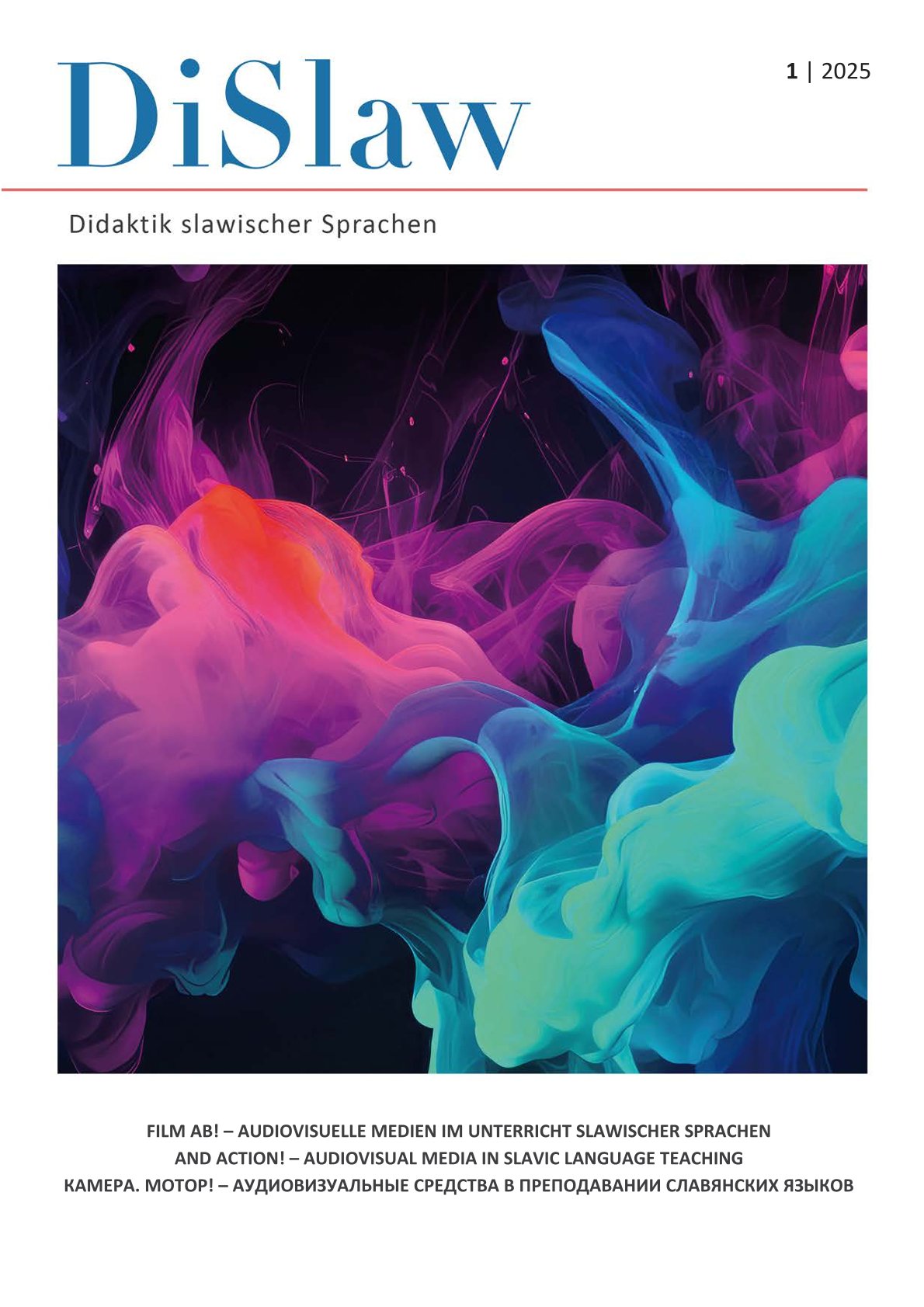Audiovisual Adaptations of Literary Works in a Conversational Course
An Example for the Teaching of Ukrainian as a Foreign Language
DOI:
https://doi.org/10.48789/2025.1.1Keywords:
conversational Ukrainian, audiovisual materials, Ukrainian literature, teaching practiceAbstract
The aim of this theory-based best practice example is to demonstrate how audiovisual adaptations of literary works can be integrated into a university conversational course to enhance the teaching of Ukrainian as a foreign language. The focus is placed on the Ukrainian classic story Kaidasheva Sim’ya (The Kaidash family) by Ivan Nechui-Levytskyi, written in 1878, and its modern adaptation in the TV-series Spiimaty Kaidasha (Catch the Kaidash), made by Nataliia Vorozhbyt and released in 2020. This approach is designed to foster cultural competence, and deepen students’ understanding of linguistic, historical, cultural and social contexts. The teaching example utilizes a combination of audiovisual and textual materials to engage students in exploring linguistic norms, cultural development, and family dynamics within Ukrainian society in different times. The structured lesson plan follows the pre-, while-, and post-activity model, targeting language learners at the A2+/B1 level. The tasks encompass activities such as working with vocabulary and grammar, analyzing the language of an excerpt from the literary text and its corresponding scene in the screen adaptation, conducting a comparative analysis, and reflecting on the depiction of social and cultural changes. Additionally, the materials include a ready-to-use worksheet, accompanied by theoretical comments and practical recommendations for implementation in language course, as well as answer keys to support educators in effectively integrating this content.



